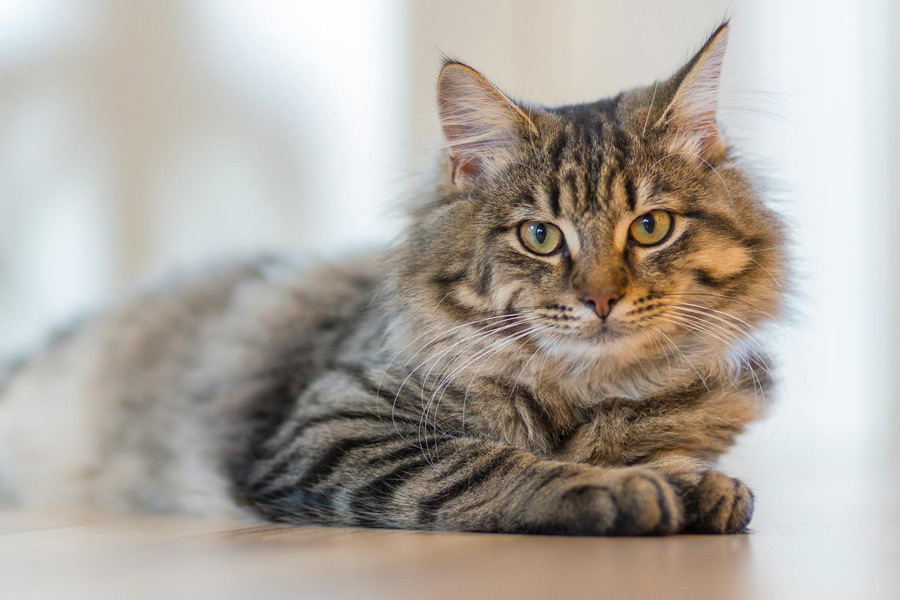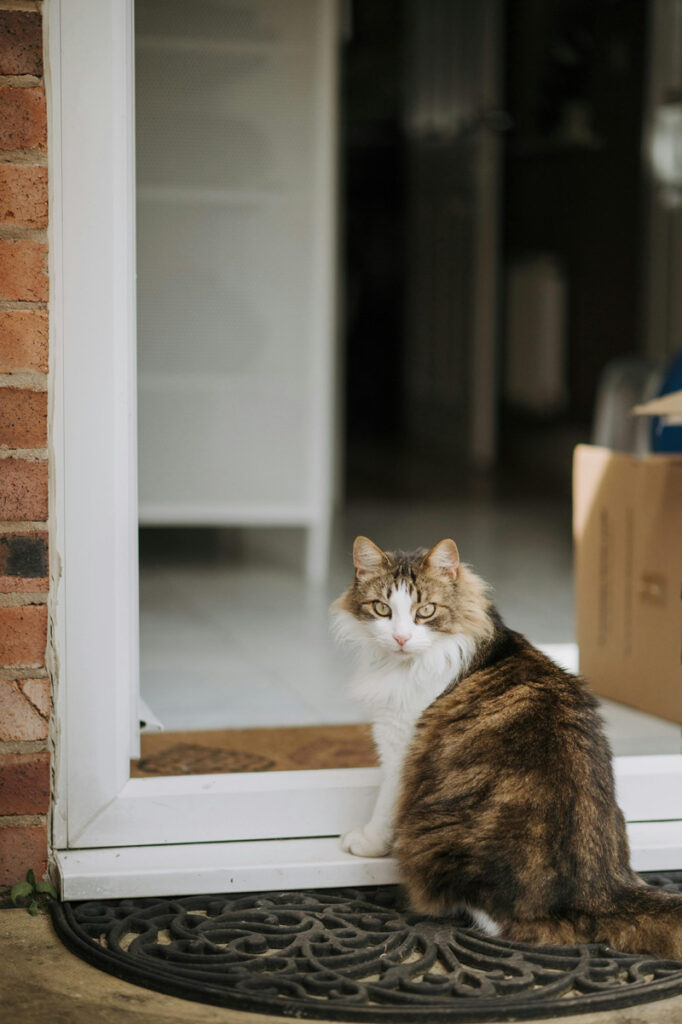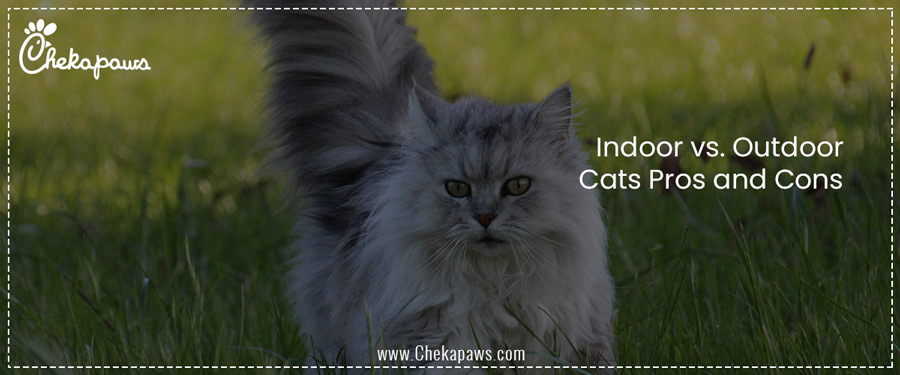For thousands of years, people have loved cats as pets. One of the most debated topics among cat owners is whether or not to keep their feline friends indoors or let them go outside. Every decision has pros and cons that impact not just the health and welfare of the cat but also the environment and the owner’s peace of mind. For the sake of cat owners in making an informed choice, we will discuss the pros and cons of both indoor and outdoor cats in this post.
Table of Contents

Indoor Cats
Pros
Safety from Traffic and Predators
The risks of cars, wild animals, and unfriendly stray animals that could injure or even kill them are avoided for indoor cats.
Lower Risk of Disease and Parasites
Indoor cats are less likely to have parasites like fleas, ticks, and worms, as well as feline leukemia and the feline immunodeficiency virus (FIV).
Longer Lifespan
Cats kept indoors typically have longer lifespans than those kept outdoors. While outdoor cats frequently have far shorter lifespans owing to accidents, illnesses, and attack, indoor cats can live up to 15 to 20 years.
Prevention of Lost or Stolen Pets
Compared to outdoor cats, indoor cats are less likely to be lost or stolen.
Easy Health Monitoring
In order to make sure quick veterinarian care, owners can keep a watchful eye out for symptoms of disease or injury in their indoor cats.
Less Contact with Severe Weather
Extreme weather events that might be dangerous for outdoor cats, like heat waves, cold temperatures, and storms, are avoided by indoor cats.
Cons
Insufficient Natural Stimulation
Boredom and stress may result from indoor cats not receiving the same amount of mental and physical stimulation as outside cats.
Obesity Risk and Health Problems
Indoor cats are more likely to develop diabetes, obesity, and other health issues if they don’t get enough activity.
Behavioral Issues
Due to a lack of room and activity, some indoor cats experience behavioral problems such excessive scratching, aggressiveness, or nervousness.
Maintenance and Enrichment Costs
You need to spend money on toys, scratching posts, climbing frames, and interactive playing to keep an indoor cat entertained.
Litter Box Maintenance
Cats kept indoors need litter boxes, which can occasionally result in odor problems and require regular cleaning.

Outdoor Cats
Pros
Increased Physical Activity
Cats that live outside naturally get more activity, which lowers their risk of obesity-related health problems and helps them maintain a healthy weight.
Stimulation of the Mind
Exploring different environments provides outdoor cats with mental stimulation and satisfaction of their natural instincts.
Natural Hunting and Exploration
It is in keeping with their inbuilt desires for outdoor cats to hunt, climb, and explore.
Reduced Requirement for Litter Boxes
Owners may have to do less inside maintenance if their cats spend time outside since they may choose natural areas as litter boxes.
Lower Risk of Indoor-Related Issues
Due to a lack of stimulation, outdoor cats are less prone to experience indoor-specific issues like boredom, tension, or destructive behavior.
Cons
Higher Risk of Injury and Death
Vehicles, attackers, traps, and territorial conflicts with other cats are some of the major threats that outdoor cats must deal with.
Increased Exposure to Diseases and Parasites
Serious diseases like feline leukaemia, FIV, rabies, and parasite infestations are more likely to affect cats who live outdoors.
Shorter Lifespan
Outdoor cats tend to live shorter lives than indoor cats because of the many dangers they encounter.
Possibility of Being Lost or Stolen
When cats walk freely outside, they run the risk of getting lost or stolen, which upsets their owners.
Being in Harsh Weather Conditions
Cats that live outside may experience hypothermia, heat exhaustion, or other weather-related illnesses.
Conflicts in the Neighborhood
When outdoor cats go into their neighbors’ yards, they may start conflicts or run into rude individuals or pets.
The Best of Both Worlds through Compromise?
A compromise between indoor and outdoor living is what some cat owners opt for. Here are a few other approaches:
Outdoor Enclosures
Cats can enjoy the advantages of natural stimulation and fresh air in enclosed outdoor areas, which also protect them from outside threats.
Training Using Leashes
Certain cats can be trained to walk on a leash, which enables them to enjoy the outdoors while being watched over.
Observed Outdoor Activities
To reduce dangers owners might allow their cats outside under strict supervision.
Indoor Enhancement
Playtime, climbing frames, and interactive toys can keep indoor cats’ minds and bodies healthy.
Conclusion
A number of factors, such as the cat’s personality, the surroundings, and the owner’s way of life, influence the choice of whether to keep a cat indoors or let them outside. Cats who live indoors typically have longer lifespans and are healthier, but they need more challenge to be healthy. Although they like exploring in the wild, outdoor cats are at serious risk. By creating a balance, you may give your feline buddy the best of both worlds and ensure a happy and safe life. Examples of this include the use of leash training, or supervised outside time.







